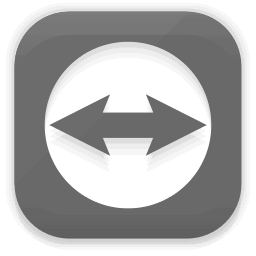Check out an example website
If you’re wondering what WordPress looks like you can view a Kindergarten website created in
WordPress; https://kitpwp.kindergarten.vic.gov.au/
Download Easy WP Guide WordPress Manual; http://easywpguide.com/download/
Install Updates
Ensure your website is up-to-date. The administration Dashboard will alert you with red badges when updates are available for WordPress and each installed theme and plugin.
Choose a theme
You can search and download new themes from the WordPress Themes Directory Appearance > Themes > + Add New > Search > Install.
Create pages
Create and title each page Pages > Add New. Use Save Draft as you work, remember to click the blue Publish button to make the page visible to visitors.
Unless your site is just a blog, you need to assign the home page you have created Appearance > Customise > Home page Settings > Your home page displays ‘A static page’.
Create the menu
Your WordPress site doesn’t start with a menu Appearance > Menu > Menu structure. Type a menu name, tick Primary Menu Display location, then Create Menu.
Use Add menu items to tick the pages you want on the menu then Add to Menu.
Use Menu structure drag and drop to reorder your menu.
Install the Classic editor plugin
WordPress has a new content editor called the Block Editor. If you prefer the older editor, you can install it or other plugins; Plugins > Add new > locate Classic Editor > Install Now > Activate. Use Search plugins… or browse the store for other plugins.
Embed a Google Map (Classic editor)
Locate the address in Google Maps, click Share > Embed a map > Copy Html to save the html code snippet to your clipboard. With HTML still in clipboard switch to the page you want to edit in WordPress Classic editor, switch from Visual to Text view, place curser in editor, paste HTLM, click Update.
Embed a SunSmart UV Widget (Block editor)
Add something extra to your website such as a calendar, search field or Free UV Alert Widget! https://www.sunsmart.com.au/resources/uv-widget Resources > UV Widget > Choose widget type > Select location > Select and copy HTML, to save the html code snippet to your clipboard. With HTML still in clipboard switch back to WordPress Appearance > Widgets click the + plus to Add block, search for and select Custom HTML Paste the HTML on the clipboard into the Write HTML box; click Update.
Manage Comments
WordPress is set up like a blog and has comment sections by default, here’s how to remove these;
Settings > Discussion > uncheck “Allow people to submit comments on new posts”.
Once you have created your pages you can remove the comments boxes from all pages, go to; Pages > Tick Title > Select Bulk Actions – Edit > Apply > Comments – Do not allow.
If you do want visitors to add comments, set up Administrator authorisation for all comment posting: Settings > Discussion > Before a comment appears > Comment must be manually approved.
Security Plugins
To enhance Security, we have installed 2 plugins ‘Wordfence’ & ‘WP Security’. Wordfence
notifications email address can be updated in Wordfence >> Where to email alerts.


